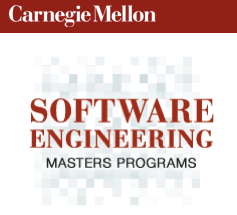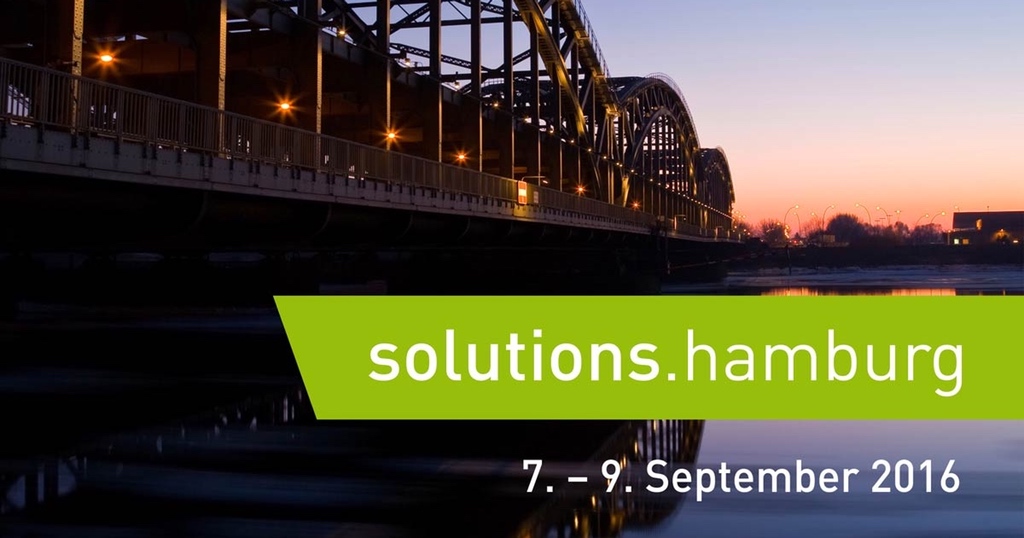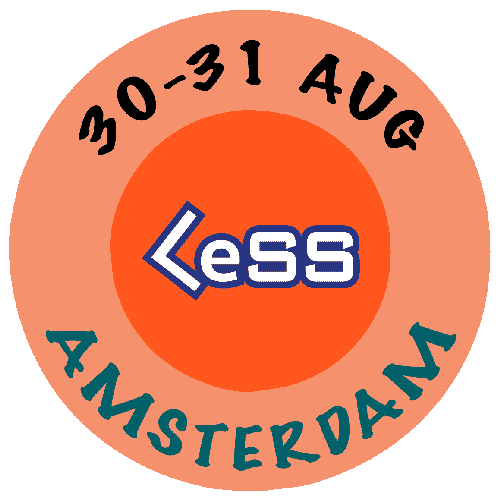One of the most typical FAQ’s during agile coaching & training is “Can we apply it in our company?” “Will it work for us?”. Obviously, there’s no knowing before you try, yet usually the answer is “Yes” :) Here is why: Agile is not a rigid frame, a set of rules, a ‘process’ or ‘project management method’. Rather more, it is an approach, a way-of-working, a mindset. Being customer-first, based on trust & transparency, having the ability to expose the entire process, focusing on waste & bottlenecks..all these aspects make it very powerful, yet flexible. It enables you to see & seek solutions for problems without being too restrictive; and helps you find out what works best for you by trying out different solutions, thereby inherently “responding to change”.

Rather than talking about the numerous benefits & advantages of agile for companies; in this article I would like to shed some light on a different side of agile: education. Several schools are implementing agile methods for class, and universities have long begun including agile courses in their curricula.
Let us talk about higher level education first.
 Agile development methods are becoming such an integral part of software engineering nowadays, that numerous universities already incorporate agile in their undergrad / grad curricula.
Agile development methods are becoming such an integral part of software engineering nowadays, that numerous universities already incorporate agile in their undergrad / grad curricula.
For instance at Işık University, agile is part of the undergraduate course “Current Issues in Information Systems Analysis and Design”, alongside with Data Structures and Operating Systems. Atılım offers a Software Engineering elective with 7.5 ECTS points, “Agile Software Development Approaches”, focusing on Scrum & XP. Similarly, the University of Auckland, New Zealand has an “Agile and Lean Software Development Course” since 2013, while Arel University offers a technical elective “Agile Software Development” for computer engineers in the 8th semester.
 Some institutes like Carnegie Mellon have it as part of their software engineering masters program, including XP, Crystal and Kanban; others like Leicester offer an entire master’s degree on agile software engineering, with courses ranging from C++, through “Personal and Group Skills”, and even Game Theory.
Some institutes like Carnegie Mellon have it as part of their software engineering masters program, including XP, Crystal and Kanban; others like Leicester offer an entire master’s degree on agile software engineering, with courses ranging from C++, through “Personal and Group Skills”, and even Game Theory.
Agile is also gaining momentum in school level education as well. For instance, students at the Ashram College in Netherlands use a version of Scrum in class. In place since 2011, this practice was first initiated by two chemistry teachers. The Scrum implementation not only allows students to learn more interactively and effectively, but also helps them acquire life skills like punctuality, leadership, planning, and teamwork. The implementation “eduScrum” still continues to this day, and the initiators are now working with an education designer to further develop the program & scale it.

The Blueprint High School in Chandler, Arizona, also uses agile methods. John Miller from AgileClassrooms has helped Blueprint High School in their vision of preparing students for the 21st century. They realised that merely a diploma is nowhere near enough for that; students also need to be armed with further skills such as planning, collaboration, teamwork – skills that are “very apparent in Agile and Scrum”.
Jeff Sutherland, co-inventor of the Scrum framework, also mentions this topic in his TED Talk “The art of doing twice as much in half the time” as well as in his article, “Scrum: The Future for Education?”. You can find interviews with the schools as well as further related details in this article. Here are a few quotes:
“They also brought Scrum home, teaching it to their parents, using it for garage sales. One 4th grader reported actually teaching her mom, now she uses Scrum at her work.”
“A 4th grade teacher reported that kids would come in sick because they did not want to miss their Scrum. She actually had to send them home.”

Last but not least, a 1st grader’s Kanban Board story: This little girl has been using a Kanban Board (under her father’s guidance) since pre-school years. After starting school, she quickly outgrew the older board, so the board also began to grow & evolve accordingly. Her father explains how much this helps raise a self-directed child, how she is now able to take on more responsibility and how proud & happy she is overall.
As you can see, it’s a fairly wide spectrum: universities, high schools, elementary or even pre-schoolers.. On top of all this, there are a significant number of people, who manage their long-term life goals & projects this way as well. I also keep a personal Kanban Board for my own “backlog”. Needless to mention, we all use agile approaches internally as a company to manage our work & projects. :)
In this article, we have talked about agile in education and personal use. See you next time in another post!






 Agile development methods are becoming such an integral part of software engineering nowadays, that numerous universities already incorporate agile in their undergrad / grad curricula.
Agile development methods are becoming such an integral part of software engineering nowadays, that numerous universities already incorporate agile in their undergrad / grad curricula.  Some institutes like Carnegie Mellon have it as part of their software engineering masters program,
Some institutes like Carnegie Mellon have it as part of their software engineering masters program, 

